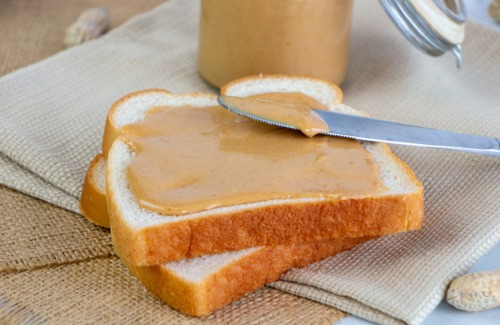- Home
-
Products
Emulsifier List
- Application
- Gallery
- News
- Blog
-
About Us
About Us
- Contact Us





 Added To Peanut Butter.jpg)



 vs_ Sodium Stearoyl Lactylate (SSL).jpg)
